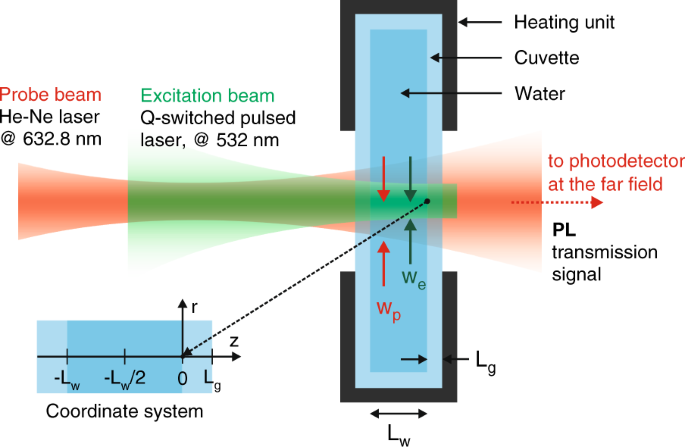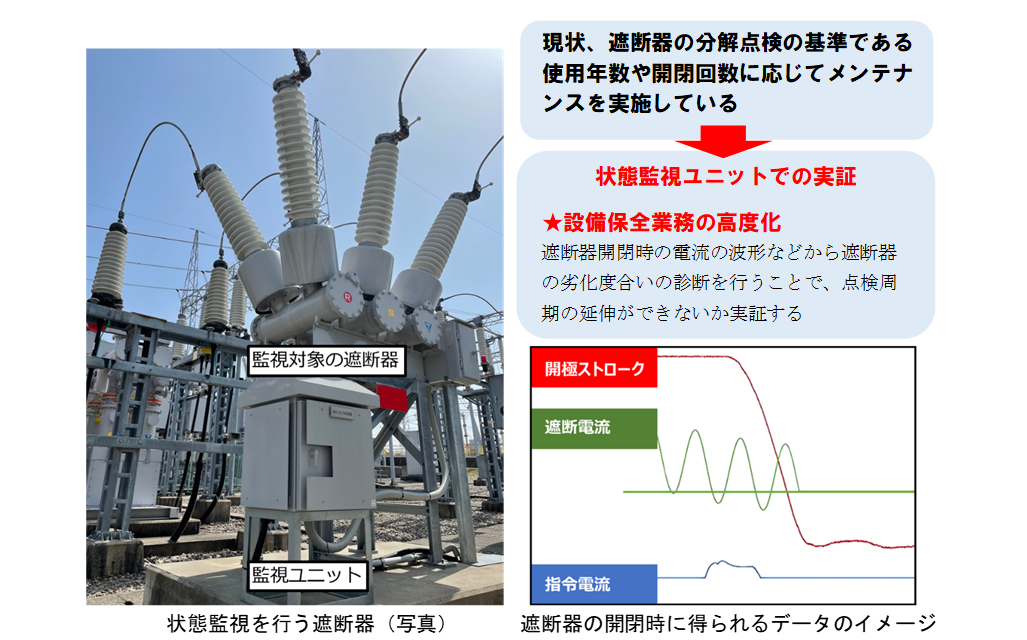国際研究グループは、レーザー光線が水をどれだけ引っ張るかを測定した An international group of researchers measured how much a laser beam tugs on the water it shines through
2022-04-21 フィンランド・アールト大学
・光は電磁波なので、レーザー光を水に照射すると、水がレーザー光の軸に向かって圧縮される「電歪」と呼ばれる電気的相互作用が発生する。
・ブラジルで行われたこの実験では、この効果を打ち消すような他の相互作用を制御する必要があった。例えば、レーザーは一瞬で水を加熱し、膨張させます。これを避けるために、超純水を使い、その中には純水よりも多くの電磁エネルギーを吸収して熱くなるようなものは入れないようにした。また、レーザーの波長も、吸収を最小限にするよう慎重に制御した。
・「原子は電歪で互いに接近して集団化し、密度が高くなります。この収縮は、室温で電磁波を吸収すると通常起こる熱膨張とは逆の現象です。このため、圧縮は、電磁波の吸収がほとんどない材料でしか測定できません」とアールト大学のMikko Partanen氏は言う。
・研究者たちは、実験に加えて、その結果を説明するための理論モデルも作成した。
・この研究は、例えば、生物学や医学に応用できるかもしれません。光電歪を使って物質の機械的特性を制御できれば、光マイクロエレクトロメカニカルシステムに活用できるだろう」とアールト大学名誉教授Jukka Tulkkiは語っている。
<関連情報>
- https://www.aalto.fi/en/news/pulled-toward-the-light-measuring-how-a-laser-beam-compresses-water
- https://www.nature.com/articles/s41377-022-00788-7
誘電体液体中のバルクおよび表面放射力の解明 Unveiling bulk and surface radiation forces in a dielectric liquid
N. G. C. Astrath,G. A. S. Flizikowski,B. Anghinoni,L. C. Malacarne,M. L. Baesso,T. Požar,M. Partanen,I. Brevik,D. Razansky &S. E. Bialkowski
Light: Science & Applications Published: 20 April 2022
DOI:https://doi.org/10.1038/s41377-022-00788-7

Abstract
Precise control over light-matter interactions is critical for many optical manipulation and material characterization methodologies, further playing a paramount role in a host of nanotechnology applications. Nonetheless, the fundamental aspects of interactions between electromagnetic fields and matter have yet to be established unequivocally in terms of an electromagnetic momentum density. Here, we use tightly focused pulsed laser beams to detect bulk and boundary optical forces in a dielectric fluid. From the optical convoluted signal, we decouple thermal and nonlinear optical effects from the radiation forces using a theoretical interpretation based on the Microscopic Ampère force density. It is shown, for the first time, that the time-dependent pressure distribution within the fluid chiefly originates from the electrostriction effects. Our results shed light on the contribution of optical forces to the surface displacements observed at the dielectric air-water interfaces, thus shedding light on the long-standing controversy surrounding the basic definition of electromagnetic momentum density in matter.



